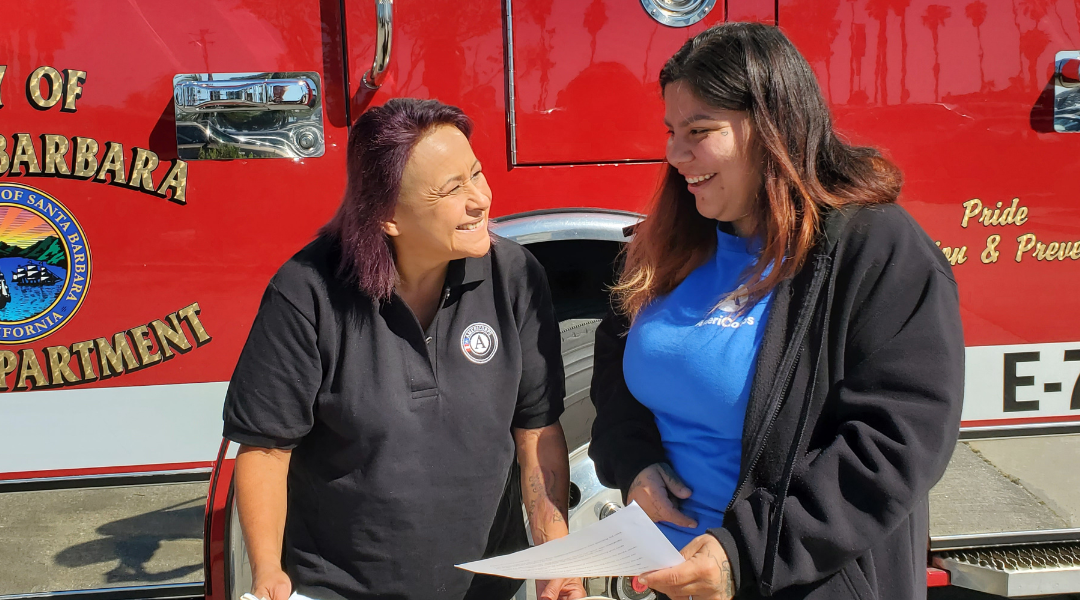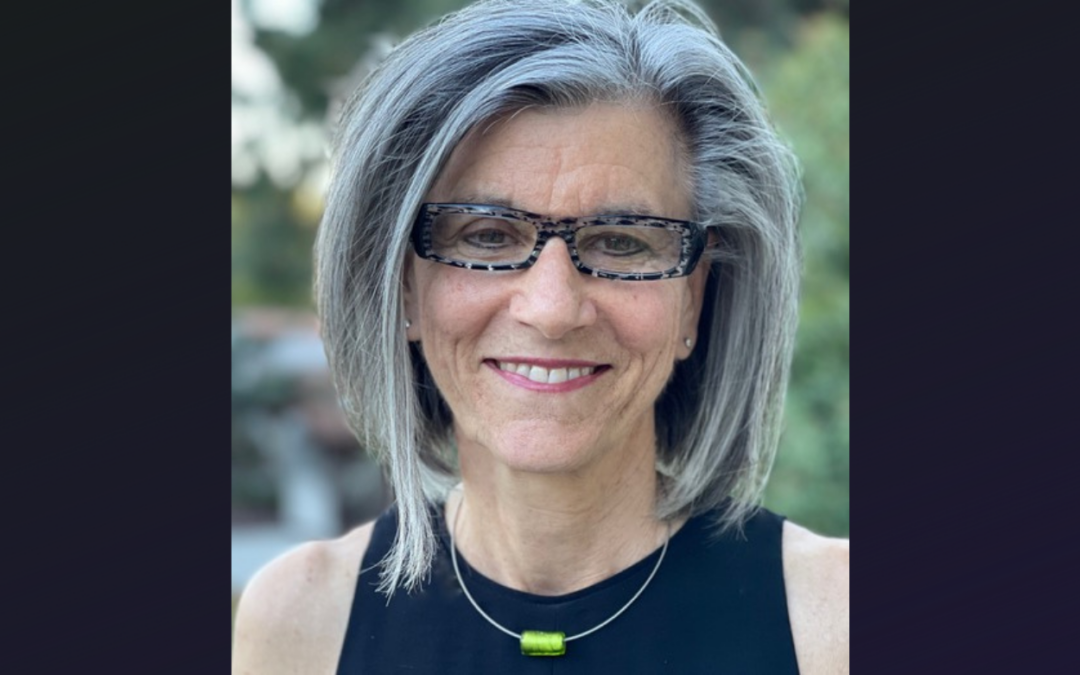
An age-diverse team, standing in front of the art that a corporate client commissioned.
Damon McLeese is the executive director of Access Gallery, one of 10 awardees of the CoGen Challenge to Advance Economic Opportunity. Watch for interviews with all 10 of these innovators bringing older and younger people together to open doors to economic opportunity for all ages.
What is Access Gallery and what life events brought you to this work?
Access Gallery is a nonprofit in Denver, Colorado that works to bring economic opportunities to people with disabilities through the arts.
In a roundabout way, my mother brought me to this work. When I was 13, we didn’t have enough money to send me to summer camp so she signed me up to be a personal care attendant for a week-long summer camp for kids with Muscular Dystrophy. That was a really formative experience and shaped how I see the world and my place in it.
In my career, I’ve always worked with people with disabilities and have been fortunate enough to discover along the way that I’m good at organizing things and motivating people. I’ve been at Access Gallery for almost half of my life and, in the arts, I’ve found my home. I really believe that everyone is creative, but you sort of get it beaten out of you as you age. I love helping people rediscover their creativity and the joy and healing that comes with it.
What problem are you trying to solve?
People with disabilities are unemployed at a rate of 70-90% in this country. We’re really trying to see what we, as an arts organization, can do to reduce that. We’re also trying to give people a place where they have a voice and some autonomy and control. So often, whether it’s people with disabilities or the aging population, things are done for them with little input as to what they actually want. By focusing on art and creativity and giving them an outlet to express themselves that’s not competitive, I think we’re doing something really important.
How do youngers and olders come together at Access Gallery?
We’ve always been open to all ages and incredibly age diverse, but it’s something we’re really leaning into with more intention now. Our youngest artist is 17 and still in high school and our oldest artist is in her 60s.
The way we work is that, when we get a corporate client that commissions a piece of art, we often create an age-diverse team to work together on it. Last year, we had a big corporate client that wanted a piece of art for their lobby, and we had a young man in his 20s, a woman in her 30s and another woman in her late 50s come together (pictured above). The friendships they developed were just amazing.
A lot of times, people think of the visual arts as a solitary pursuit, but having an intergenerational team work together just results in better art. I can’t tell you exactly why – it’s just something I’ve seen over and over again. There’s a special magic that transpires.
Why do you see bringing generations together important for the work you are doing?
I always say, “You can’t be what you can’t see.” We’re really trying to shift out of this model where staff or outside artists teach classes, to a model where our artists with disabilities are often the ones teaching, speaking and leading. It’s so important for younger and newer artists to see that and have that to aspire to.
Our staff and board are also very age-diverse. I believe we’re a better organization because we are constantly having these interactions between people from different generations.
Have you encountered any unexpected positive or negative outcomes in bringing your project to life?
Yes. I think for a long time, we were trying to solve the wrong problem. We eventually realized that the biggest issue our community was dealing with wasn’t disability but the fact so many of them were poor. It became less about art and more about economics. Once we changed our perspective and revised our mission, we went from having an annual budget of $200K to $1M.
On a more personal level, I’ve become increasingly passionate about intergenerational programs where it’s not young people looking after older people but a shared experience.
What would be your advice to another nonprofit executive director who is looking to cogenerate?
Look at what you’re already doing and then look at how you’re doing it. You might already have lots of different generations present but maybe you’re missing out on an opportunity to engage them in more intentional ways. Or maybe you could reach out to new audiences to bring more age diversity to your team.
There’s an expression in the disability community: “Nothing about us without us.” If you’re trying to be relevant to an intergenerational audience, it just makes sense to include all ages on your team and in your work.
What’s one of your superpowers as a leader/innovator?
My superpower is that I’m resilient. It’s underrated and much needed in our society.





